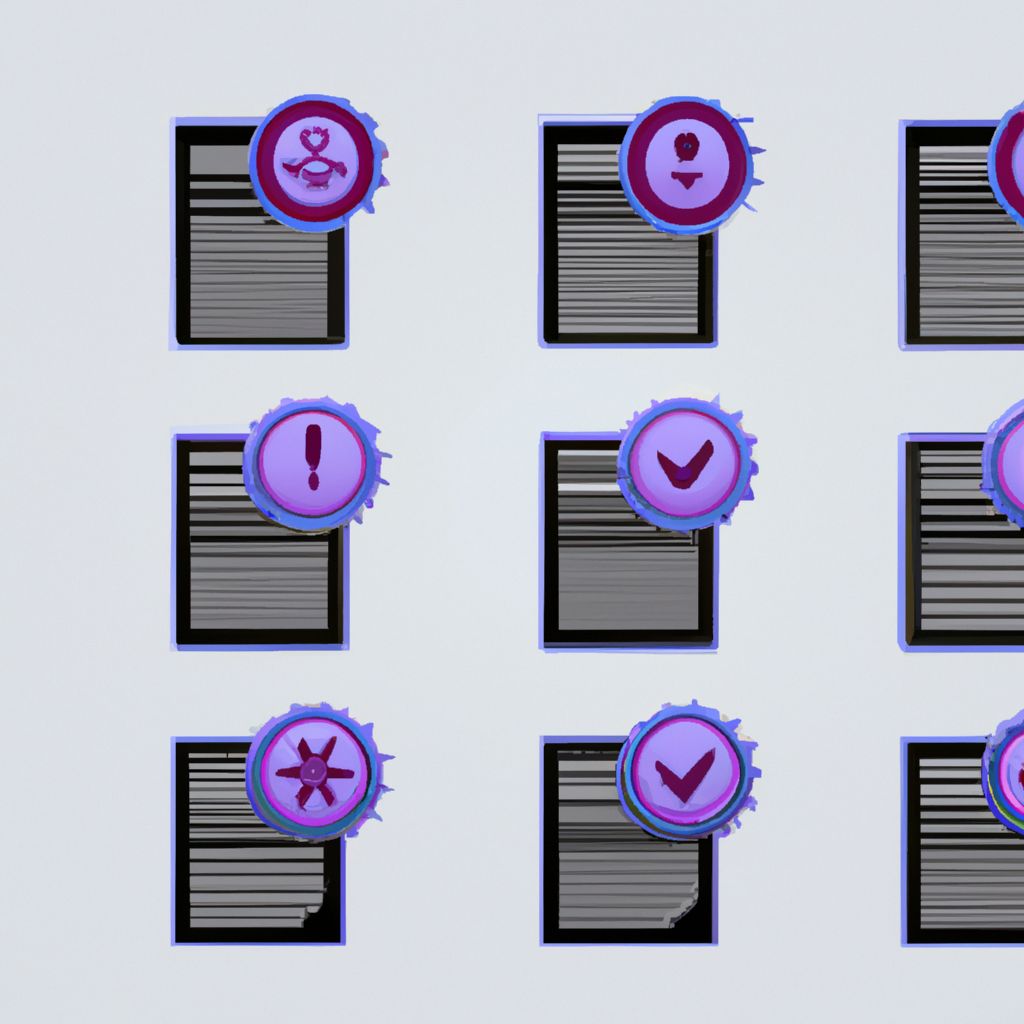Introduction: Why Application Security Audits Matter
In today's digital landscape, applications are the backbone of business operations, customer interaction, and data management. However, they are also prime targets for cyberattacks. A single vulnerability can lead to data breaches, financial losses, reputational damage, and legal consequences. This is where application security audits become crucial. An application security audit is a systematic evaluation of an application's security posture, designed to uncover weaknesses and ensure that appropriate controls are in place. Regularly conducting these audits is not just a best practice; it's a necessity for protecting sensitive data and maintaining user trust.
Step 1: Defining the Scope and Objectives
Before diving into the technical aspects, the first step is to clearly define the scope and objectives of the audit. What specific application(s) or components will be audited? Are you focusing on web applications, mobile apps, APIs, or internal software? Understanding the application's architecture, data flow, technology stack, and business context is vital.
Key questions to answer during this phase include:
- What are the critical assets the application protects?
- What are the potential threats and attack vectors?
- What are the compliance requirements (e.g., PCI DSS, HIPAA, GDPR)?
- What is the acceptable level of risk?
- What are the specific goals of this audit (e.g., identify critical vulnerabilities, verify compliance, assess third-party components)?
Clearly defined objectives ensure the audit is focused, efficient, and delivers actionable results aligned with business needs.
Step 2: Information Gathering and Threat Modeling
Once the scope is defined, the next phase involves gathering detailed information about the application and performing threat modeling. This includes:
- Architecture Review: Understanding the application's design, components, data flows, and interactions with other systems.
- Technology Stack Identification: Listing all frameworks, libraries, databases, servers, and third-party services used.
- Entry Point Mapping: Identifying all possible ways users and systems can interact with the application (e.g., login pages, API endpoints, file uploads).
- Threat Modeling: Systematically identifying potential threats based on the application's architecture and business logic. Methodologies like STRIDE (Spoofing, Tampering, Repudiation, Information Disclosure, Denial of Service, Elevation of Privilege) can be helpful here. This step helps prioritize testing efforts on the most likely and impactful attack vectors.
Step 3: Vulnerability Scanning and Analysis (SAST, DAST, IAST)
This is the core technical phase where auditors actively search for vulnerabilities. A combination of automated tools and manual techniques provides the most comprehensive coverage.
- Static Application Security Testing (SAST): Analyzing the application's source code, bytecode, or binary without executing it. SAST tools are excellent for finding vulnerabilities like SQL injection, cross-site scripting (XSS), and insecure coding practices early in the development lifecycle.
- Dynamic Application Security Testing (DAST): Testing the application in its running state by sending crafted inputs and observing the outputs. DAST tools simulate real-world attacks and are effective at finding runtime vulnerabilities and configuration issues.
- Interactive Application Security Testing (IAST): A hybrid approach that combines elements of SAST and DAST. IAST agents instrument the application during runtime, providing insights into code execution and data flow to identify vulnerabilities with higher accuracy and fewer false positives.
- Software Composition Analysis (SCA): Identifying and analyzing open-source and third-party components used within the application for known vulnerabilities.
Automated tools are efficient but have limitations. They can produce false positives or miss complex, logic-based vulnerabilities.
Step 4: Manual Penetration Testing
Manual testing complements automated scanning by leveraging human expertise to uncover vulnerabilities that tools might miss. Experienced security professionals simulate real-world attack scenarios, attempting to exploit identified weaknesses and discover complex flaws, including:
- Business logic errors
- Authentication and authorization bypasses
- Complex injection attacks
- Session management issues
- Insecure direct object references
Manual testing provides crucial context and validation for findings from automated tools.
Step 5: Reporting and Remediation Planning
The findings from all testing phases are compiled into a comprehensive audit report. A good report should include:
- An executive summary outlining the overall security posture and critical findings.
- Detailed descriptions of each vulnerability, including its location, potential impact, and severity rating (e.g., using CVSS - Common Vulnerability Scoring System).
- Clear, actionable steps for remediation.
- Evidence (e.g., screenshots, code snippets, request/response logs) supporting each finding.
The report serves as a roadmap for remediation. Prioritize vulnerabilities based on severity and potential business impact. Develop a clear plan with timelines and assigned responsibilities for fixing the identified issues.
Step 6: Verification and Continuous Monitoring
After remediation efforts are completed, it's essential to verify that the vulnerabilities have been effectively addressed. This often involves re-testing the specific areas where fixes were applied.
Application security is not a one-time event. Continuous monitoring, regular audits, and integrating security practices into the software development lifecycle (DevSecOps) are crucial for maintaining a strong security posture against evolving threats.
Conclusion
Conducting a comprehensive application security audit is a multi-faceted process requiring careful planning, a combination of automated and manual testing techniques, and clear reporting. By systematically evaluating applications for weaknesses and implementing effective remediation strategies, organizations can significantly reduce their risk exposure, protect sensitive data, and build more resilient software.
Disclaimer: This post represents the view of the individual author that wrote it and not necessarily the view of Rarefied Inc.
Looking for professional security testing?
Based on your interest in this topic, you might benefit from our specialized security services:
